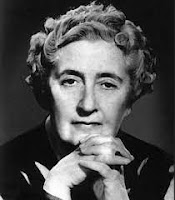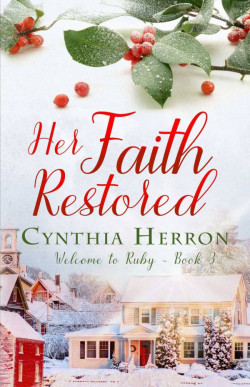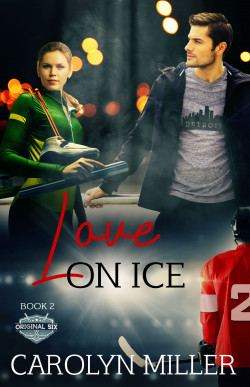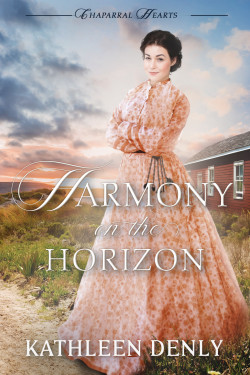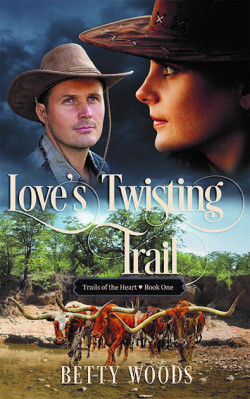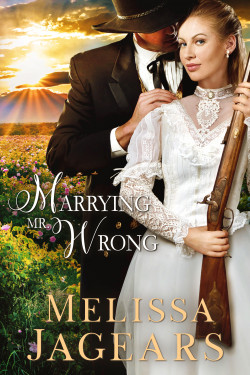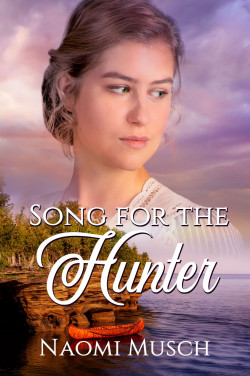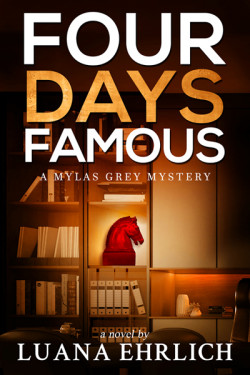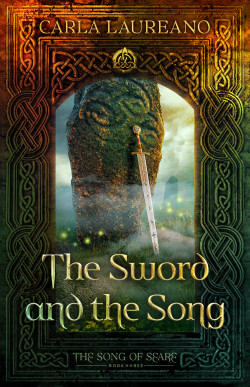Talkshow Thursday: Laura DeNooyer-Moore
Linda: Welcome to my blog! Congratulations on your debut novel,
All That is Hidden. It sounds fantastic. Where did you get your inspiration for the story?
Laura: Thank you for having me, Linda. My inspiration grew from a visit to Mars Hill, North Carolina when I was in college--many years ago! Our professor took 22 education students to be teacher aids in the mountain schools of Buncombe, Madison, and Yancey counties near the Smokies. Turns out the teacher aids had the most to learn. It was culture shock for us midwesterners. That was our first introduction to the mountain culture of southern Appalachia.
LM: What sort of research was required for the book?
Laura: I researched everything long before the days of the internet. Besides that first visit during college, I made another trip there to get the lay of the land. A book of southern Appalachian dialect and idioms came in handy. Multiple Foxfire Books by Eliot Wigginton were invaluable for understanding the people, traditions, and lifestyles of the area: spinning, weaving, cooking, planting, crafts, beliefs, superstitions, and more.
This all culminated in hiring a literary consultant, Dr. Steve Eberly of Western Carolina University, to read the manuscript for accuracy, assuring that I’d captured the Appalachian spirit.
I published this novel years ago, and recently relaunched it with a new cover and revised content--a tightened version of the same story.
LM: You’re a native of Michigan and have lived in Wisconsin. What made you choose Appalachian as a setting for the book?
Laura: In other words, what’s a Midwestern girl like me doing writing southern fiction, right? Fair question! The short answer: I fell in love with the place.
The longer answer: During my first visit, as we explored the area, I was struck by the number of people
 |
Photo: Pixabay/
Paulbr75 |
who created meaningful lives by a route much different from those seeking the prosperity of “The American Dream” that I’d grown up with. With little money, few possessions, and no races up the ladder of success, these folks still enjoyed rich lives--a foreign concept to me at the time.
That set me to wondering and primed the creative juices: “What would happen with a clash between big-city northern values and southern Appalachian culture?” I wrote a prize-winning short story about it when I got home. Over the years, those characters beckoned me back to their hills until I succumbed and wrote their story in novel form.
LM: You are also a visual artist. How do you find writing different from drawing/painting? The same?
Laura: Great question! There are definite similarities. The right words create pictures in the reader’s head. Instead of wielding colored pencils or a paintbrush and paint, novelists use words alone. I use this “word picture” analogy with my high school and middle school writing students. I ask: how do you visualize the scene before you? What do you want your reader to see? Which words will serve you best in that purpose?
However, too many words--like too many brushstrokes or colors all mashed together--can be overkill. A picture on canvas includes details that don’t leave much for the viewer’s imagination. Every pattern, texture, and shape is right there in plain sight. The tricky part of writing is using enough key words and phrases to suggest the scene, action, or character. Each reader’s mind will fill in that word picture differently, yet still carry the essence of what you’re trying to convey.
 |
Photo: Pixabay/
Rudy and Peter Skitterians |
I suppose it’s the difference between writing as a detective or a poet. The detective needs to include every last detail, thinking photographically, whereas the poet picks a few relevant sensory details (or metaphors) to evoke an image and a mood in the reader’s mind—and touch the heart, too. Authors strive to be evocative, like the poet.
Your question makes me think of a John Gardner quote: “We read just five words of a good novel and we forget we’re reading printed words on a page; we begin to see images.”
LM: What advice do you have for fledgling writers?
Laura: Join a writers group that will both stretch you and encourage you. Improvement comes from constant revision, accountability, and teachability.
Read, read, read! Especially in your genre. Read like a writer, not just a reader. Dissect each novel. What makes it tick? What techniques does the author use? What works? What doesn’t?
Persevere. Find joy is in the journey, not just the end product. God is the ultimate Storyteller, and He made us in His image. He delights in our creativity. During frustrating days, that should be inspiration enough.
LM: Here are some quickies:
Laura:
Favorite childhood book: the Nancy Drew series (can’t recall a title that stands out)
Favorite Bible verse: Romans 8 (hard to narrow it down to one verse!)
Favorite place to vacation: Lake Macatawa in Holland, Michigan (annual family vacation)
LM: What other projects are on the docket for you this year?
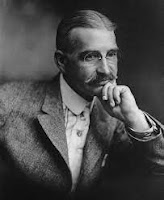 |
| Photo: WikiImages |
Laura: Two things, mainly. Continue to host authors on my new Standout Stories blog (launched in November), and find a home for at least two of my unpublished novels, both more historical fiction. One is Biblical fiction, set in the time of Christ, and the other is a split-time story (1980 and early 1900s) with
The Wonderful Wizard of Oz author, L. Frank Baum, as a main character. Not southern fiction this time, but set in a small town in Michigan where Baum’s family spent their summers (near Lake Macatawa). I gravitate toward small towns and bygone eras, wherever they happen to be.
I have many irons in the fire. With my kids all grown up, I finally have time to fine-time a plethora of rough drafts and seek publication.
LM: Where can folks find you on the web?
About All That is Hidden
Are secrets worth the price they cost to keep?
Ten-year-old Tina Hamilton finds out the hard way.
She always knew her father had a secret. But all of God’s earth to Tina are the streams for fishing, the fields for romping, a world snugly enclosed by the blue-misted Smokies. Nothing ever changed.
Until the summer of 1968. Trouble erupts when northern exploitation threatens her tiny southern Appalachian town. Some folks blame the trouble on progress, some blame the space race and men meddling with the moon’s cycles, and some blame Tina’s father.
A past he has hidden catches up to him as his secret settles in like an unwelcome guest. The clash of progressive ideas and small town values escalates the collision of a father’s past and present.






























